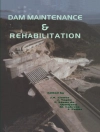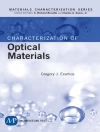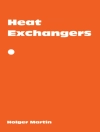This brief introduces the classification and mechanism of density gradient ultracentrifugation (DGUC) method with rich examples showing the versatility of such an efficient separation technique. It also gives a strict mathematical description and a computational optimization model to predict the best separation parameters for a given colloidal system. The concept of “Lab in a tube” is proposed in the last chapter, which allows the size-property relationship investigation, synthetic optimization and reaction/assembly mechanism exploration etc.
Spis treści
Introduction to nanoseparation.- Basic concepts of density gradient ultracentrifugation.- Classification of density gradient ultracentrifugation.- Density gradient ultracentrifugation technique.- Density gradient ultracentrifugation of colloidal nanostructures.- Mechanism and mathematical optimization of density gradient ultracentrifugation.- Lab in a tube.- Concluding Remarks and Perspective.
O autorze
Professor Xiaoming Sun obtained his BS and Ph D from Department of Chemistry, Tsinghua University in 2000 and 2005, respectively. After the post-doctoral work at Stanford University, he joined the faculty of Beijing University of Chemical Technology in 2008. His research interests focus on controlled synthesis, separation, assembly, and property investigation of functional inorganic nanomaterials. He has published more than 60 research papers as the first author or corresponding author in prestigious journals including
J. Am. Chem. Soc., Angew. Chem. Int. Ed., Adv. Mater., Chem. Sci. etc. These articles have been cited more than 5000 times in total. He also holds 8 national patents and 1 international patent. He was awarded the 100 Excellent Doctoral Dissertations in China (2007) and the New Century Excellent Talents in Chinese Universities (2008). In 2011 he was supported by National Science Foundation for Distinguished Young Scholars. In 2014 he was on the list of Most Cited Chinese Researchers in Material Science (Elsevier).












